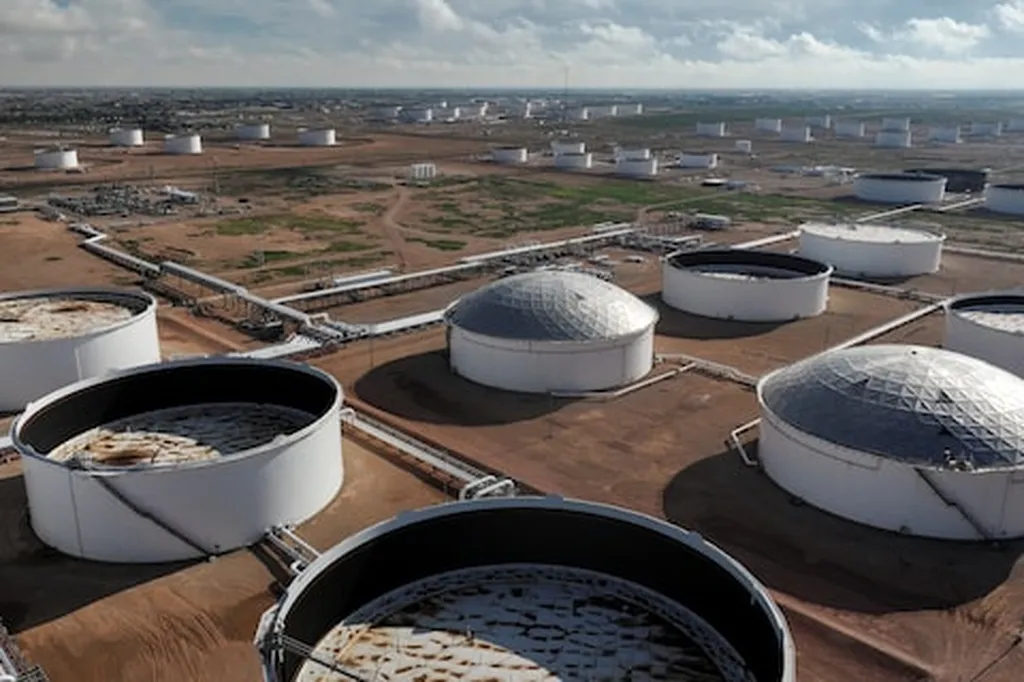Vistra’s Perry nuclear power plant in Ohio has secured a 20-year license extension from the U.S. Nuclear Regulatory Commission (NRC), allowing it to operate until 2046. This extension, approved following Vistra’s 2023 application, marks the final license renewal for the company’s six nuclear reactors, all of which are now licensed to operate for a total of 60 years.
The Perry plant, a single-unit facility connected to the grid in 1986, contributes significantly to Vistra’s nuclear portfolio, which collectively generates over 6,500MW of emission-free energy. This capacity is sufficient to power approximately 3.25 million homes, underscoring nuclear power’s role in supporting grid reliability and sustainability.
Vistra president and CEO Jim Burke emphasized the strategic importance of the extension, stating, “Electricity is a basic building block of our economy, and as demand accelerates, nuclear power remains a cornerstone of a reliable, sustainable grid.” He highlighted that the extension ensures Ohio continues to benefit from a resilient source of baseload power, supporting jobs, economic activity, and grid reliability across the region.
The economic advantages of the extension are substantial. Perry employs 600 full-time employees and over 200 permanent contractors, supporting hundreds of families in the area. Additionally, regularly scheduled refuelling outages attract between 800 and 1,200 highly skilled technicians from across the U.S., generating significant local economic activity.
Vistra chief nuclear officer Ken Peters commended the Perry team for their commitment to operational excellence, noting, “This 20-year licence extension reflects the strength of our safety culture, the condition of the plant and the professionalism of our workforce.” He praised the team’s thorough preparation and successful navigation of the NRC’s rigorous review process.
The extension of Perry’s operating license not only secures long-term economic benefits for the local community but also reinforces the strategic value of nuclear power in the broader energy landscape. As the sector continues to evolve, the role of nuclear energy in providing reliable, low-carbon power will be increasingly critical. This development underscores the importance of maintaining and extending the operational life of existing nuclear facilities, ensuring they continue to contribute to a sustainable and resilient energy future.

